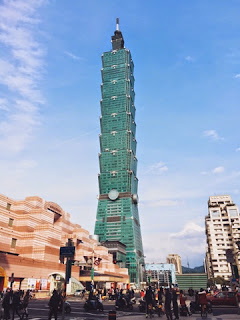USA: In the United States, teaching students is a priority. Medical students have a lot of autonomy to learn and do. The first two years typically have minimal opportunities to work clinically (seeing patients). If there are opportunities, they are usually shadowing (what it sounds like; following doctors around and staying quiet). Once third year hits, we are in the hospital all day every day. We deliver babies on ob/gyn, we suture on surgery, we see patients on our own on family medicine and internal medicine, there are a lot of responsibilities in being a medical student. The system requires that a student does, in order to learn. There are a lot of questions asked towards medical students in order to gauge their knowledge so that a physician/attending may teach.
Taiwan: There is very little teaching that I can appreciate. The clerkships look a lot like shadowing, at least here on dermatology. Students sit away from the patient, and as a result, they rarely get to see the problems the patients come in with. If students wish to see the patient's presenting problem, they have to stand up, stay out of the attending and resident's way, and try to catch a glimpse of the problem. Attendings rarely teach students, nor is there an exerted effort to show the students any of the pathologies seen on patients. "Any questions?" is a query often asked by the teachers, but very few of the students here ask questions. In dermatology, at least, there is at least a half-day of student "autonomy." Meaning, students see patients on their own, staff with/report back to an attending physician, and then they see the patient together where the attending diagnoses and treats the patient. I can't believe it's only a half day! We do that all day every day starting day one of third year!
Obviously, this system is disparate from what I learned in the states. Nevertheless, there are probably pros that I have yet to realize or discuss. Anyway, just wanted to jot down some thoughts I've had so far.
Talk soon.







